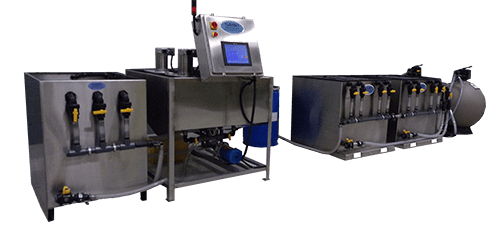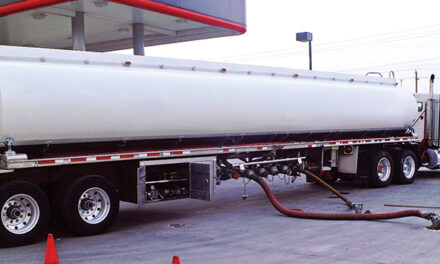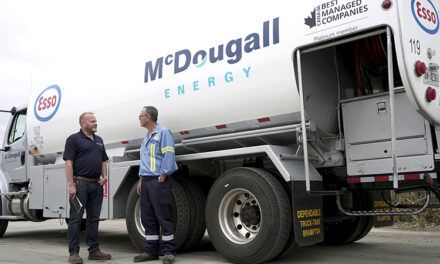
WASTE WATER ARTICLE
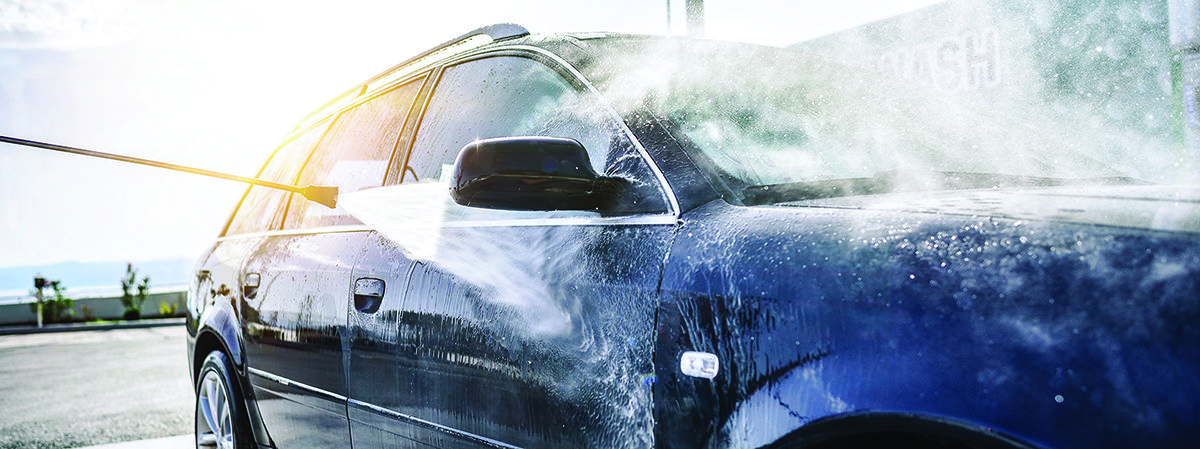
By Del Williams
Achieving Canadian Environmental Regulatory Compliance with Automated Wastewater Treatment for Carwashes and Service Stations
Automated wastewater treatment systems help motor vehicle service stations and carwashes remain in compliance, while significantly reducing the cost of treatment, labour and disposal
Carwashes, automotive service stations, auto body shops, and truck stops are regulated by the Canadian Environmental Protection Act Registry at the national, regional, and local level. The Environmental Protection Act is the primary pollution control legislation and can be used interchangeably with the Water Resources Act. The legislation prohibits discharge of any contaminants into the environment that cause or are likely to cause adverse effects
During normal car and truck washing cycles, vehicle repair and maintenance, fluids such as chemicals from cleansers and soaps, hot wax, engine oil, transmission fluid, power steering fluid, brake fluid, antifreeze, solvents, degreasers and other dirt, grime and particles drain into floor drains or sinks in service areas. Disposal of these fluids through a motor vehicle waste disposal well may contaminate ground water, so the Canadian Environmental Protection Act Registry regulates these wells to prevent ground water contamination in certain areas.
For any station that washes and services motor vehicles, this means installing a wastewater treatment system that effectively separates the contaminants from the water so it can be legally discharged into motor vehicle waste disposal wells.
However, traditional wastewater treatment systems can be complex, often requiring multiple steps, a variety of chemicals and a considerable amount of labour. Even when the process is supposedly automated, too often technicians must still monitor the equipment in person. This usually requires oversight of mixing and separation, adding of chemicals, and other tasks required to keep the process moving. Even then, the water produced can still fall below mandated requirements.
Although paying to have motor vehicle wastewater hauled away is also an option, it is extraordinarily expensive. In contrast, it is much more cost effective to treat the wastewater at its source, so treated effluent can go into a motor vehicle waste disposal well. As an alternative, if necessary, with sufficient treatment and accommodation, it could also potentially go into a sewer; and if treated sludge passes a TCLP (Toxicity Characteristics Leaching Procedure) test it could be disposed of as non-hazardous waste in a local landfill.
Fortunately, complying with Canadian wastewater regulation has become much easier with more fully automated, wastewater treatment systems. Such systems not only reliably meet regulatory wastewater requirements, but also significantly reduce the cost of treatment, labor and disposal when the proper Cleartreat separating agents are also used.
Cost-Effective, Automated Wastewater Treatment
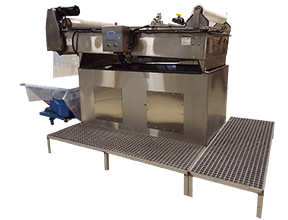 In contrast to labor-intensive multiple step processes, automated wastewater treatment can help to streamline production, usually with a one-step process, while lowering costs at motor vehicle service facilities.
In contrast to labor-intensive multiple step processes, automated wastewater treatment can help to streamline production, usually with a one-step process, while lowering costs at motor vehicle service facilities.
An automated wastewater treatment system can eliminate the need to monitor equipment in person while complying with Canadian mandated requirements. Such automated systems separate suspended solids, emulsified oil and heavy metals, and encapsulate the contaminants, producing an easily de-waterable sludge in minutes, according to motor vehicle service consultants at Sabo Industrial Corp., a global manufacturer, distributor and integrator of industrial waste treatment equipment and solutions, including batch and fully automated systems, Cleartreat separating agents, bag filters, and accessories.
The water is typically then separated using a de-watering table or bag filters before it is discharged into motor vehicle waste disposal wells, or potentially sewer systems. Other options for de-watering include using a filter press or rotary drum vacuum. The resulting solids are non-leachable and are considered non-hazardous, so will pass all required testing.
These systems are available as manual batch processors, semi-automatic, automatic and can be designed to provide a legally dischargeable effluent suitable for the sewer system. A new, fully customized system is not always required. In many cases, it can be faster and more cost effective to add to or modify a facility’s current wastewater treatment systems when this is feasible.
However, because every wastewater stream is unique to its industry and application, each wastewater treatment solution must be suited to or specifically tailored to the application.
The first step in evaluating the potential cost savings and effectiveness of a new system is to sample the wastewater to determine its chemical make-up followed by a full review of Canadian water authority requirements, say motor vehicle service consultants at Sabo Industrial.
The volume of wastewater that will be treated is also analyzed, to determine if a batch unit or flow-through system is required. Other considerations include the size restrictions, so the system fits within the facility’s available footprint.
Separating Agents
Despite all the advances in automating wastewater treatment equipment any such system requires effective separating agents which agglomerate with the solids in the wastewater so the solids can be safely and effectively separated out.
Because of the importance of separating agents for wastewater treatment, Sabo Industrial uses a special type of bentonite clay in a line of wastewater treatment chemicals called Cleartreat. This line of wastewater treatment chemicals is formulated to break oil and water emulsion, provide heavy metals removal, and promote flocculation, agglomeration and suspended solids removal.
Bentonite has a large specific surface area with a net negative charge that makes it a particularly effective adsorbent and ion exchange for wastewater treatment applications to remove heavy metals, organic pollutants, nutrients, etc. As such, bentonite is essential to effectively encapsulate the materials. This can usually be achieved in one-step treatment, which lowers process and disposal costs.
In contrast, polymer-based products do not encapsulate the toxins, so systems that use that type of separating agent are more prone to having waste products leach back out over time or upon further agitation.
In the case of a large motor vehicle dealer with six locations, an EconoFlow wastewater treatment system using a bentonite based Cleartreat formulation was required for wastewater created by vehicle washdowns. The wastewater contained oil, grease, suspended solids, heavy metals, and cleaning agents.
For the application, Sabo Industrial supplied an EconoFlow 10-gallon per minute unit, which included a 24-bag filter tank, a single stage bag filter housing, final polishing vessels, and an 850-gallon storage tank for water reuse. The system also has human machine interface (HMI) capabilities that allow remote monitoring and adjustment of the equipment as needed. The system provides reliable, one-step wastewater treatment, and legally dischargeable or reusable effluent.
Today’s automated systems along with the most effective Cleartreat separating agents can provide carwashes and service shops with an easy, cost-effective alternative so they remain compliant with the Canadian ordinances. Although there is a cost to these systems, they do not require much attention and can easily be more economical than paying fines or hauling.
For more information, call wastewater consultants at Sabo Industrial (011) 1-845-562-5751, email info@saboindustrial.com, or visit http://saboindustrial.com.
Del Williams is a technical writer based in Torrance, California. He writes about business, technology, health and educational issues and has an M.A. in English from C.S.U. Dominguez Hills.





